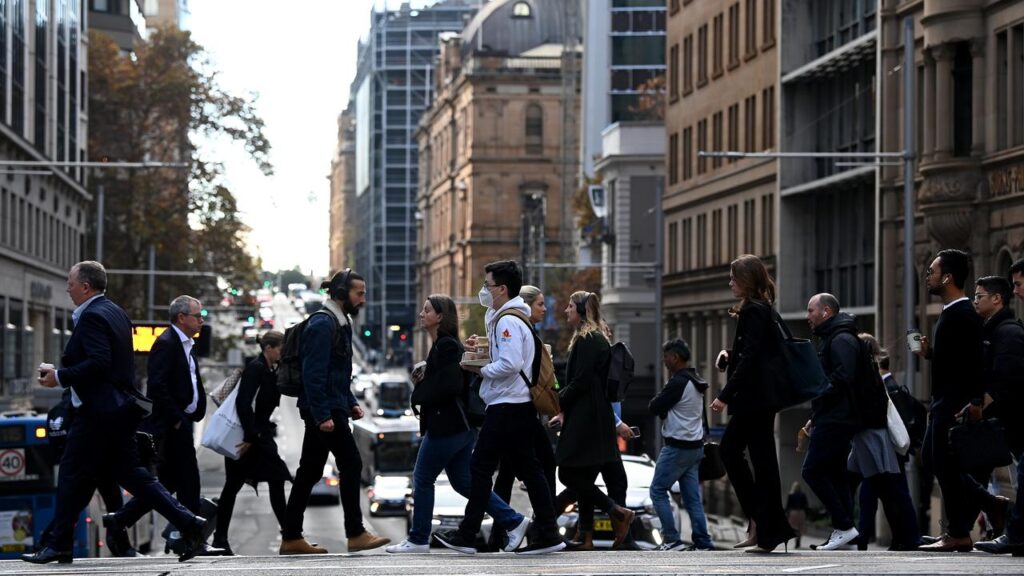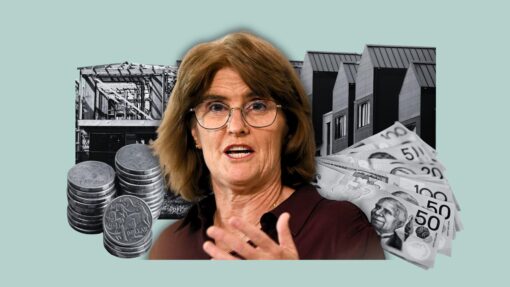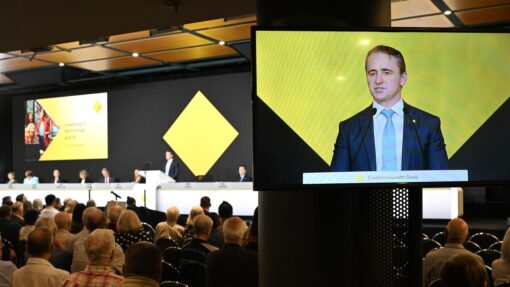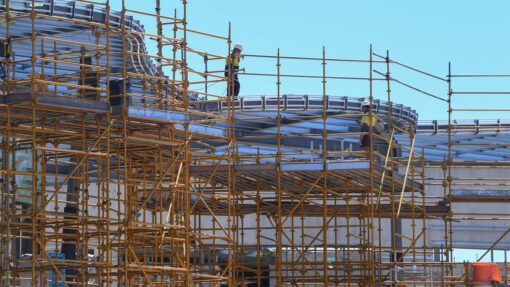Economic tightness ‘easing’ as jobs close to balance
Andrew Brown |

Financial conditions are easing but uncertainty still remains, the Reserve Bank says, ahead of the release of crucial unemployment figures.
Labour force figures for September will be released on Thursday by the Australian Bureau of Statistics, with economists tipping the unemployment rate to remain steady.
The jobless rate held at 4.2 per cent in August despite employment falling by 5000 people for the month.

The unemployment figures will be a crucial indicator for the bank on whether to lower interest rates further when it next meets in early November.
When asked about the state of the jobs market, RBA Governor Michele Bullock said employment was a little bit “tight”, which generally means there are more jobs than available workers.
However, it’s also close to balance, she told the Nomura Research Forum in Washington DC on Thursday Australian time, while pointing to an ongoing moderation in inflationary pressures in the local economy.
“At the moment we are probably close to balance in terms of the output gap (in the economy) … and ultimately what inflation tells you is whether or not you’ve got an output gap,” she said.
“Employment, we think, is marginally a little bit tight.
“But we look at a lot of different indicators of the labour market, so those two things (inflation and employment) suggest to us that maybe it’s a little tight but it’s close to balance,” she said.
The bank’s Financial Markets Assistant Governor Christopher Kent said the fact that fewer people are opting to make extra payments on their mortgages isa sign that financial conditions are easing in the economy.
“In response to high mortgage rates, extra payments rose above the pre-pandemic average by the end of 2024,” he said in a speech in Sydney on Thursday.
“But extra mortgage payments have now declined, which is possibly an early response to the easing in interest rates.”

Mr Kent said growth in household credit and a strengthening of the housing market was also an indication that conditions had eased, while also warning it would not be all smooth sailing ahead.
“Our forecasts imply that the tightness in financial conditions has eased, which will help to keep the economy in balance in the period ahead,” he said.
“This outlook is subject to considerable uncertainty, and we will continue to reassess it in light of what the incoming data mean for the economic outlook and evolving risks.”
Ms Bullock also said the bank’s interest rate cuts, which only started in February, were still working their way through the economy with a 12-month lag.
“We don’t think policy is really restrictive at the moment and likewise we don’t think it is accommodative; I would say it is marginally tight,” she told the forum.
Household spending also rose slightly in September, increasing by 0.6 per cent for the month.
It was the 12th consecutive month of a rise in consumer spending, with September’s boost driven by sales of the latest iPhone, according to the Commonwealth Bank.
Annual spending growth has reached 7.5 per cent, the strongest level since March 2023.
The central bank’s head of Australian economics Belinda Allen said consumers were more optimistic about the state of the economy.
“Lower interest rates, moderating inflation and tax cuts last year have created a more favourable environment for consumers,” she said.
“Even when we strip out the impact of higher utility bills, spending remains solid across key categories.”
AAP


